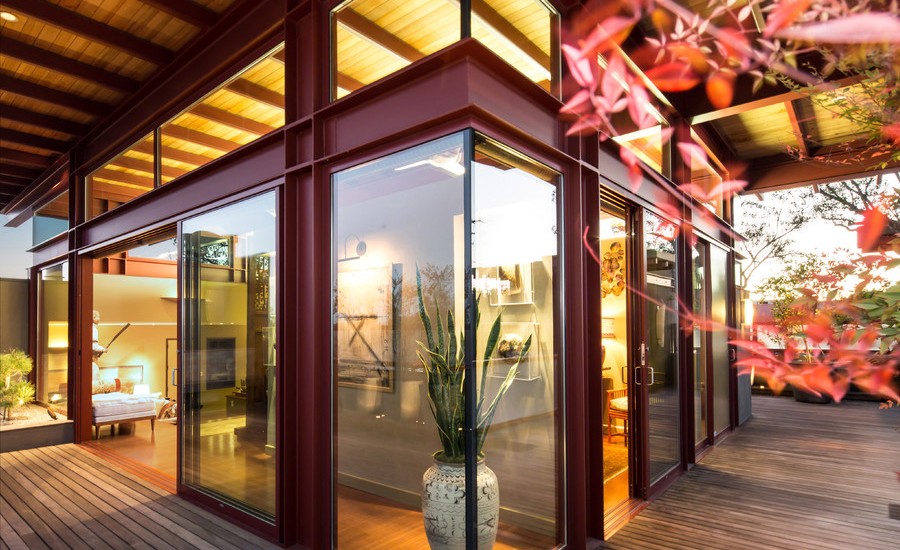We get planting material for free by buying delicious vegetables and fruits (including exotic ones) in the store. So why not use it rationally? After all, it is pretty simple to grow a fruit-bearing tree or shrub from seeds. The summer season lasts for several months, but houseplant care continues all year round. Some of them can be grown from seed and later even harvested. And if garden plants are ready for fruitful communication only in the warm season, then room guests decorate life continuously. The homely atmosphere allows the gardener to shelter on the windowsill, even exotic southerners who will not take root in the open field. We usually buy potted flowers in stores, but meanwhile, a houseplant can be grown independently without extra costs. You will, of course, have to wait more than a year for it to bloom. But it’ll be worth the wait! Imagine how fascinating it would be to track the growth and development of your “ward” over its whole life cycle, from a tiny seed to an adult plant.
Following are the plants that you can plant in your house,
1. Pomegranate
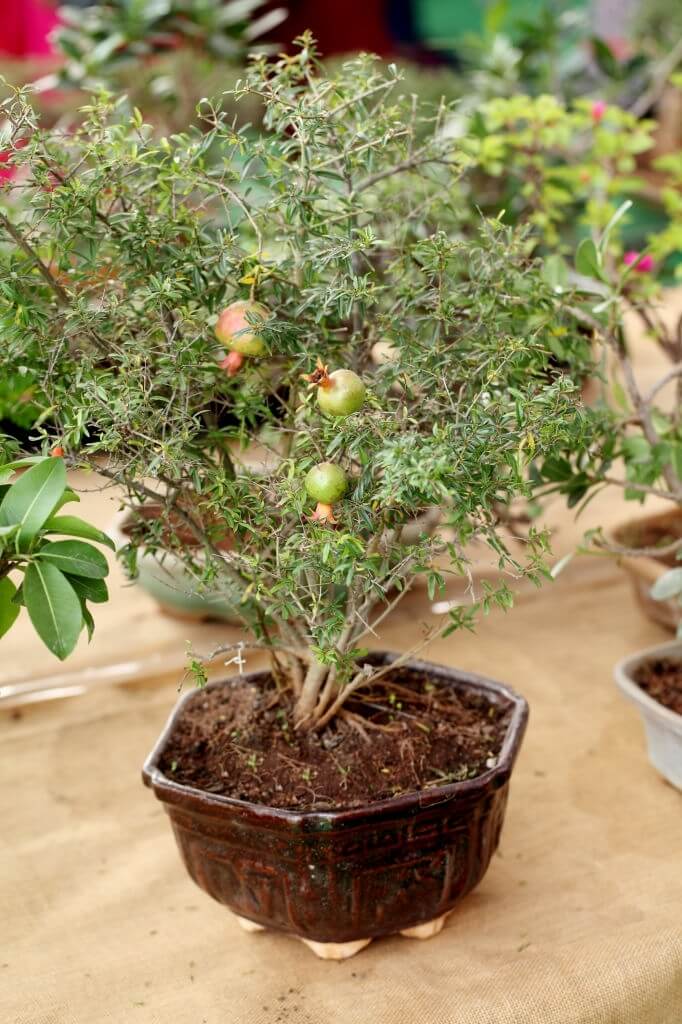
The maximum height of a home pomegranate is 90-100 cm—the pomegranate tree loves its abundant flowering and beautiful buds covering the green mass. The plant needs long daylight hours and protection from direct sunlight. The most suitable place for pomegranate is a shaded southern window sill.
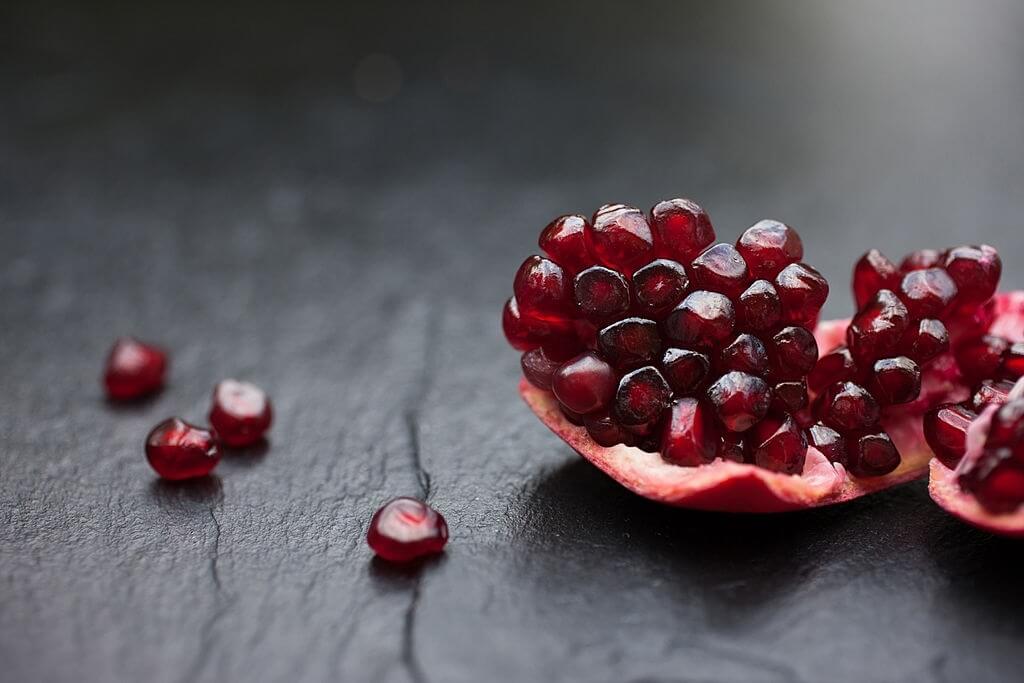
To plant a pomegranate, you need:
- get a beautiful and healthy fetus;
- select five seeds, remove the pulp from them, and rinse;
- after that, the planting material soaks for 12 hours in Epin’s solution, accelerating its germination.
A universal potting mix is suitable for placing the seeds. A good time for planting seeds is in November or March; it will take only two weeks to emerge seedlings during these periods.
In summer, pomegranate needs abundant watering, while in winter, moisture reduces. In spring, summer, and autumn, fertilizers are applied to the soil, and the tree needs to be replanted annually.
2. Medlar
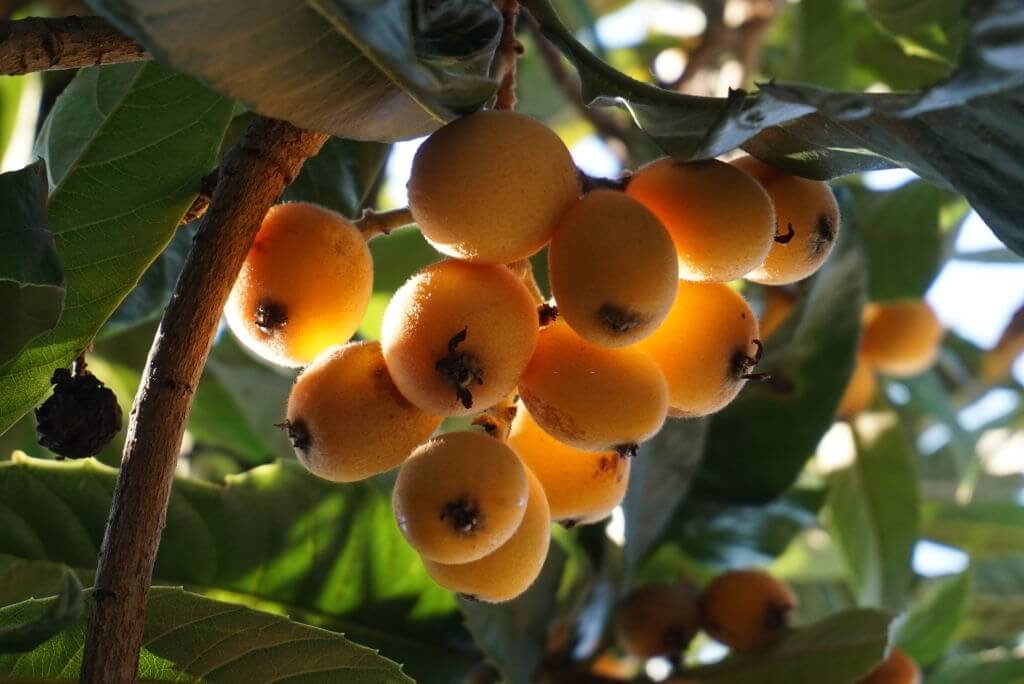
The fruit of this exotic plant tastes like pineapple and apple. Having planted a medlar seed, you can harvest in 4-6 years, provided proper care and conditions are comfortable for the plant. Japanese medlar is more common and is more common in stores.
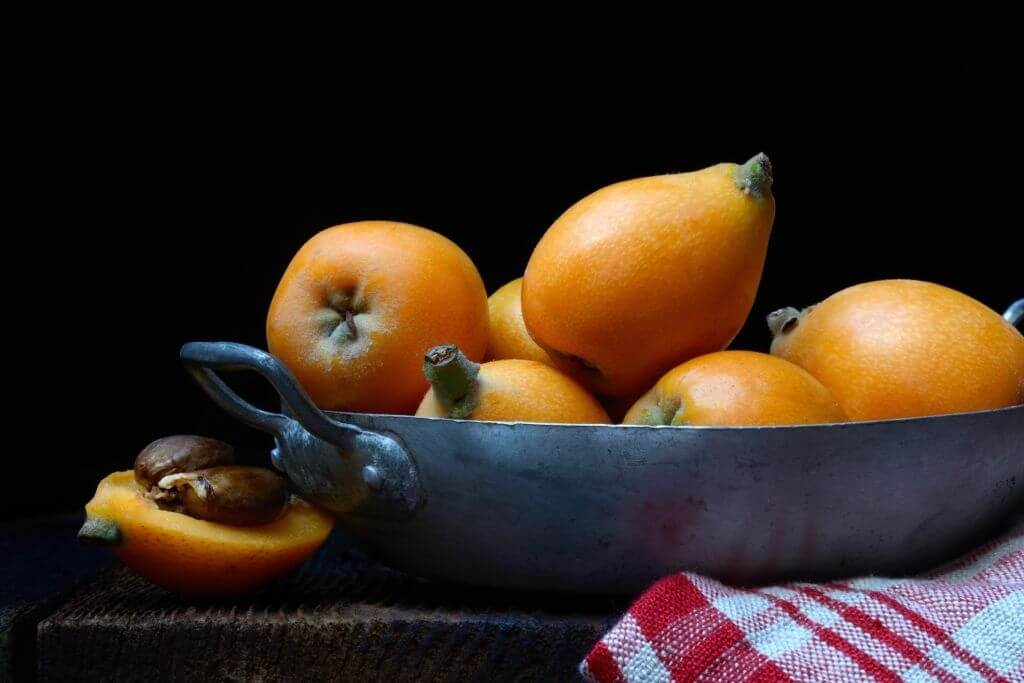
- After buying the fruit, you need to get the bones and dry them for three days;
- then the planting material is scarified with sandpaper and soaked in warm water
- Then the bones are placed in containers filled with fertile soil to a depth of 2-3 cm.
Caring for medlar involves protection from sunburn. The plant needs high humidity and moderate watering, fertilization two times a month.
3. Watermelon

Quite a simple growing process that even novice gardeners can do. The selected seeds are placed immediately in individual containers since young plants are hard to tolerate a pick. The optimum seed depth is 3-4 cm. It is recommended to put the pots on the southern windowsill; under such conditions, the seedlings will appear quickly, in a week. If you plant the seeds in April, you can move the seedlings into the open ground after a month.
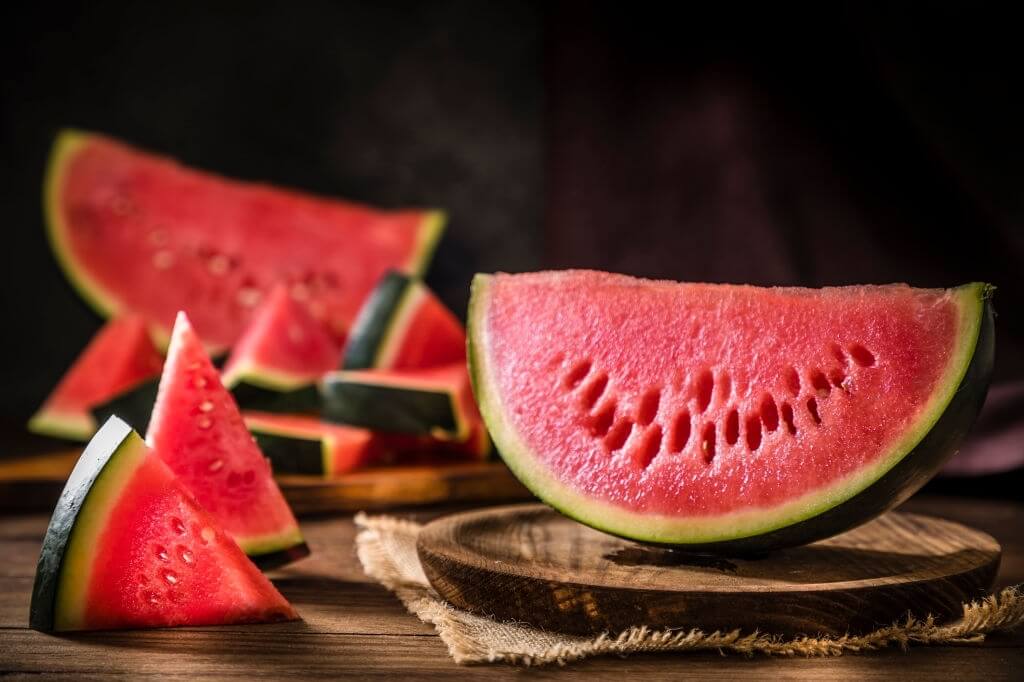
And you can grow a watermelon at home.
4. Orange

Orange seeds planted at the end of February germinate in 1-1.5 months. Choose the giant seeds from healthy and beautiful fruit, rinse them thoroughly and soak in water for 10-12 hours. After that, place the planting material in individual containers, deepening it by 1 cm. For the comfortable development of an orange, a universal primer is suitable. Both the lack of moisture and its excess are harmful to the plant. In the summer, you should put the tree on the balcony, and in the winter, extend the daylight hours to 12 hours. Maintain high humidity and fertilize two times a month.
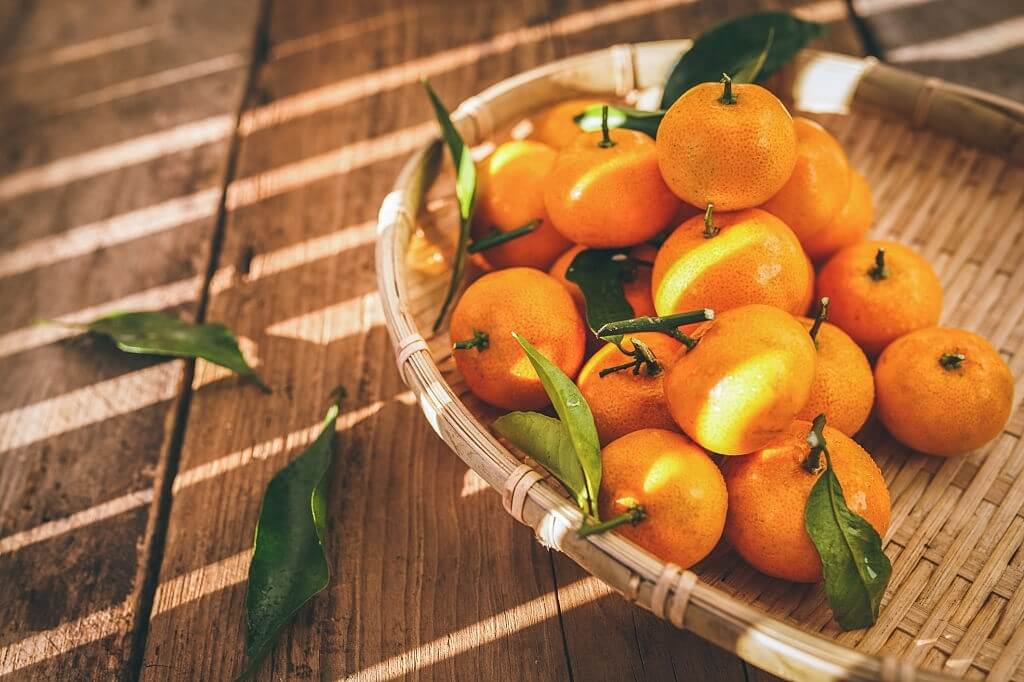
A wild boar will grow from the seed, which can bloom only after ten years. And the number of fruits on it is unpredictable.
5. Avocado
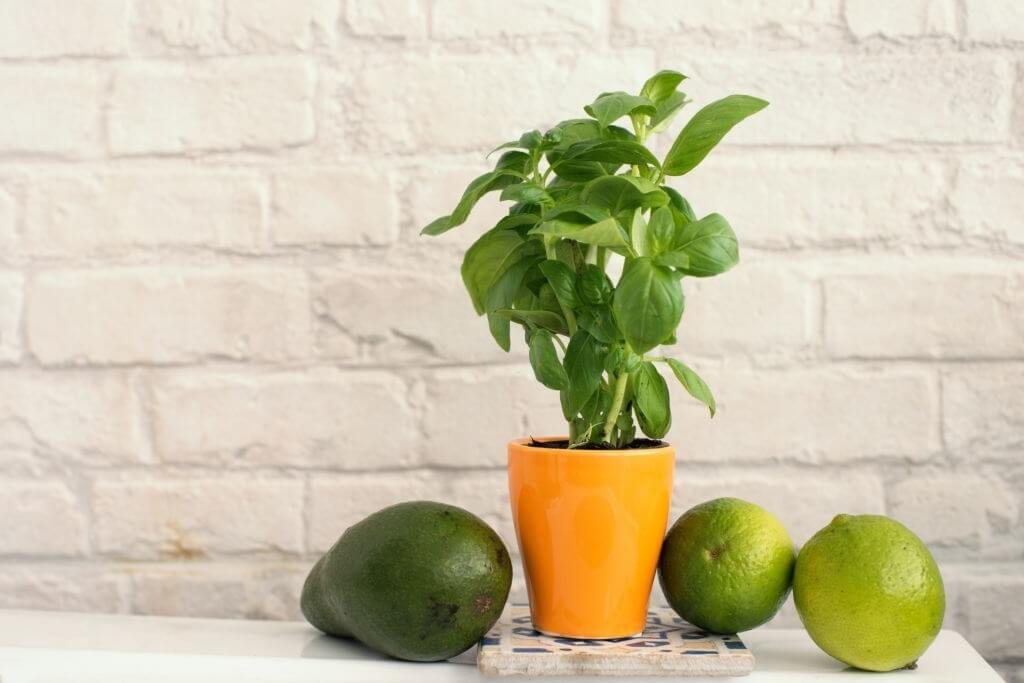
The goal of avocado growers is not to harvest the fruit but to gain new experiences. It’s improbable that you’ll be able to get this plant to fruition at home. The most straightforward and most intuitive way to grow avocados is to sprout seeds in a container with water.
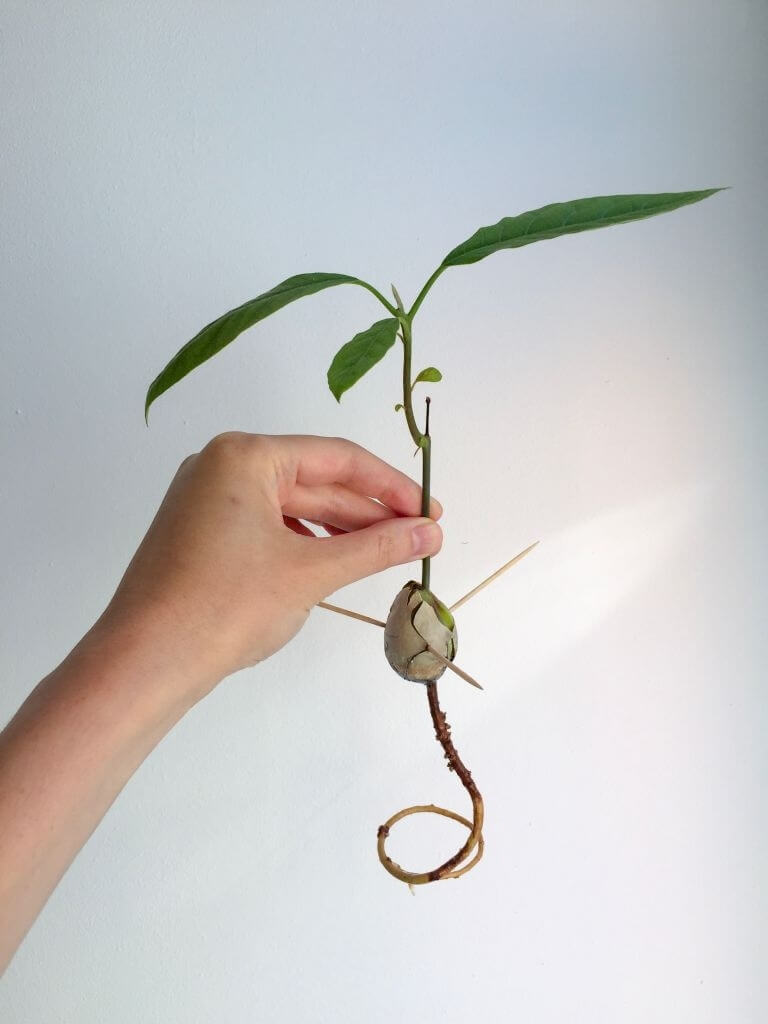
- To create a support structure, place 3-4 toothpicks in the blunt part.
- And the bone itself should be submerged in water only a third.
- After a few weeks, young roots will form, and then a strong sprout.
- When it stretches up to 5 cm, it’s time to place the bone in a container with soil.
6. Date
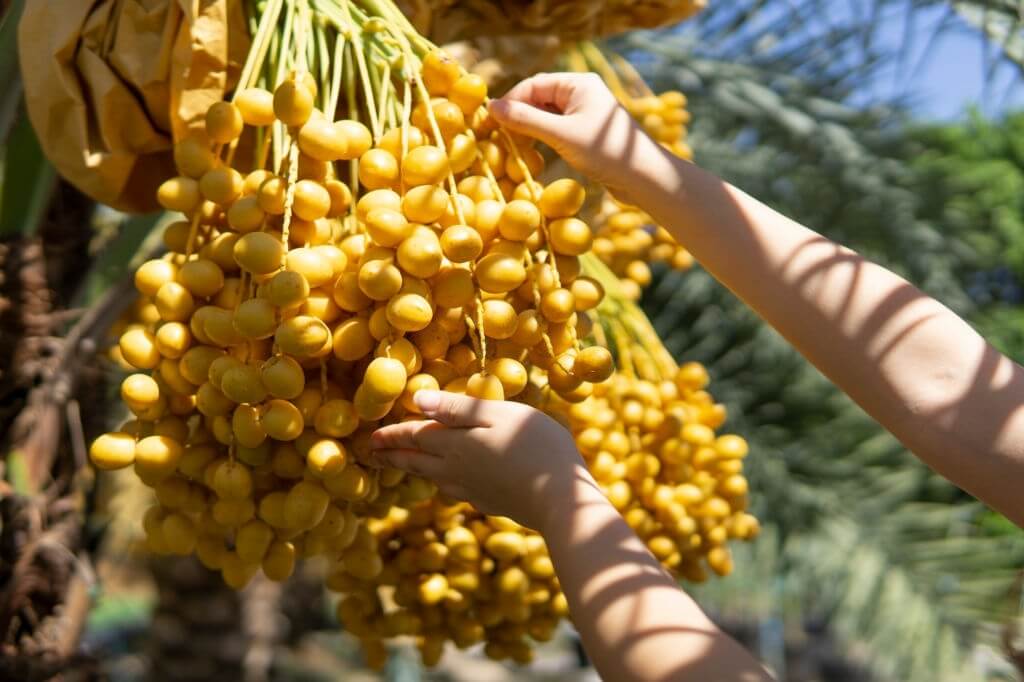
Don’t rush to throw away dried date pits! If you love indoor plants, you can become the owner of a miniature palm tree. It is hard to believe that a real giant grows from a small bone. But this is how palms reproduce in nature. The prepared planting material is placed in pots with a soil mixture, deepening it by 1 cm. The date grows well only on soil for focus. To accelerate the emergence of seedlings, the bones scarified.
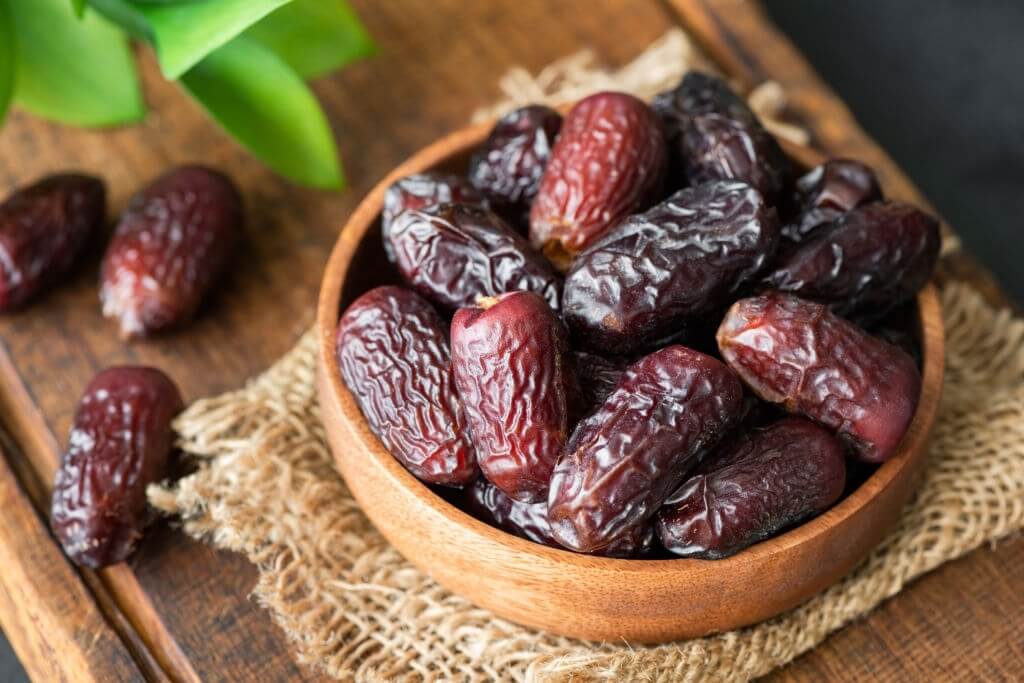
The grown seedling was transplanted into individual pots, placed on the southern windowsill, and abundantly moistened during active growth.
7. Lemon

Caring for an indoor lemon is like growing an orange. The tree needs a long day of light and bright lighting, regular watering, and fertilization. In addition, we are pruning the plant for one year. The tree will more actively form branches after pinching the side shoots. The growing point must also be removed from an adult plant.
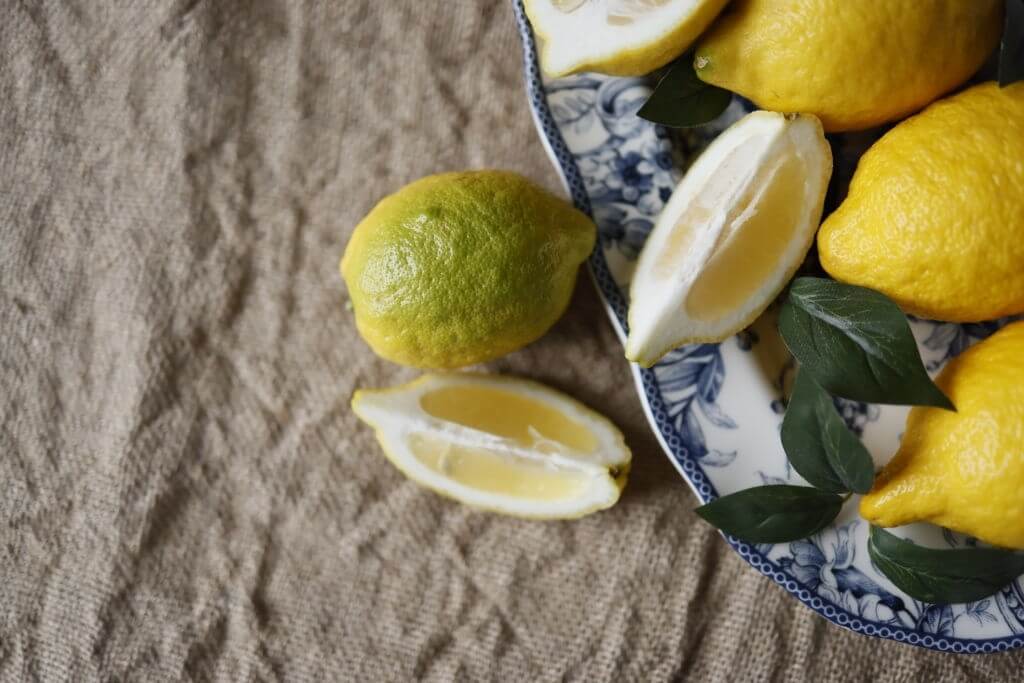
These measures will contribute to the harmonious development of the crown and give the lemon a more attractive appearance.
8. Mandarin
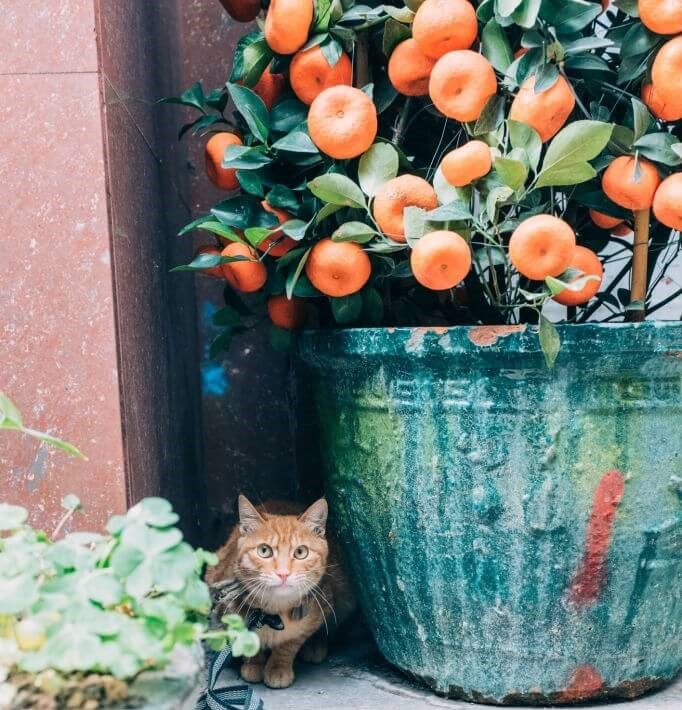
Even a novice gardener can handle growing a tangerine tree. This citrus fruit holds the record for germination rate. Having created all the conditions for the plant, you will notice sprouts already 3-4 weeks after planting. The plant needs an abundance of moisture and light, transplanted into more spacious containers as it develops.
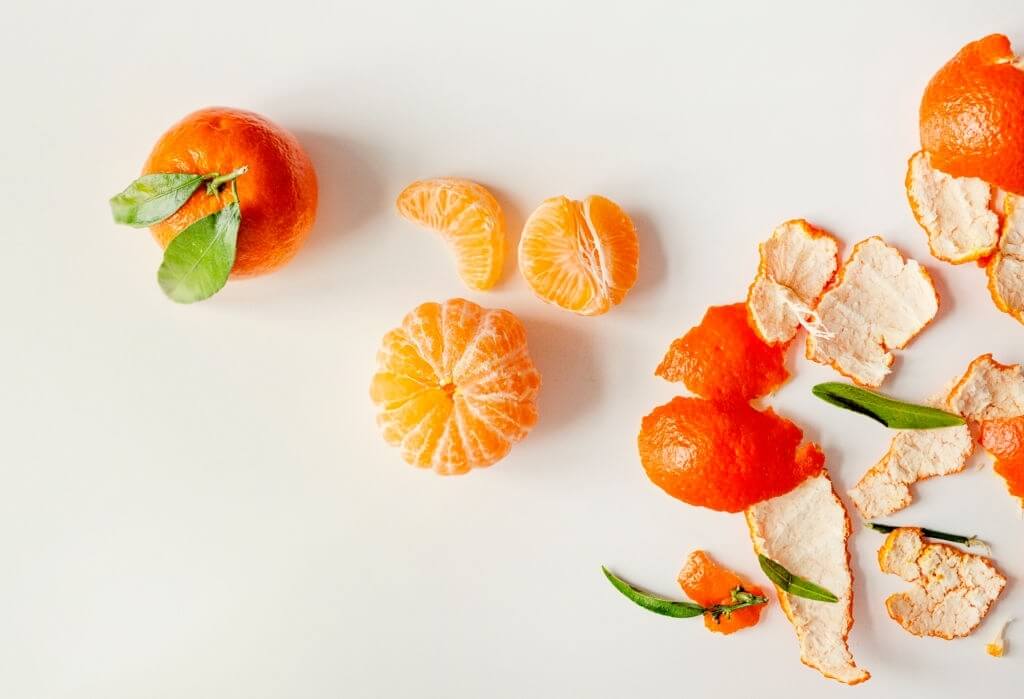
An alternative to replanting for mature trees is to change the topsoil. Moving to a new pot can be very stressful for the plants.
9. Grapefruit
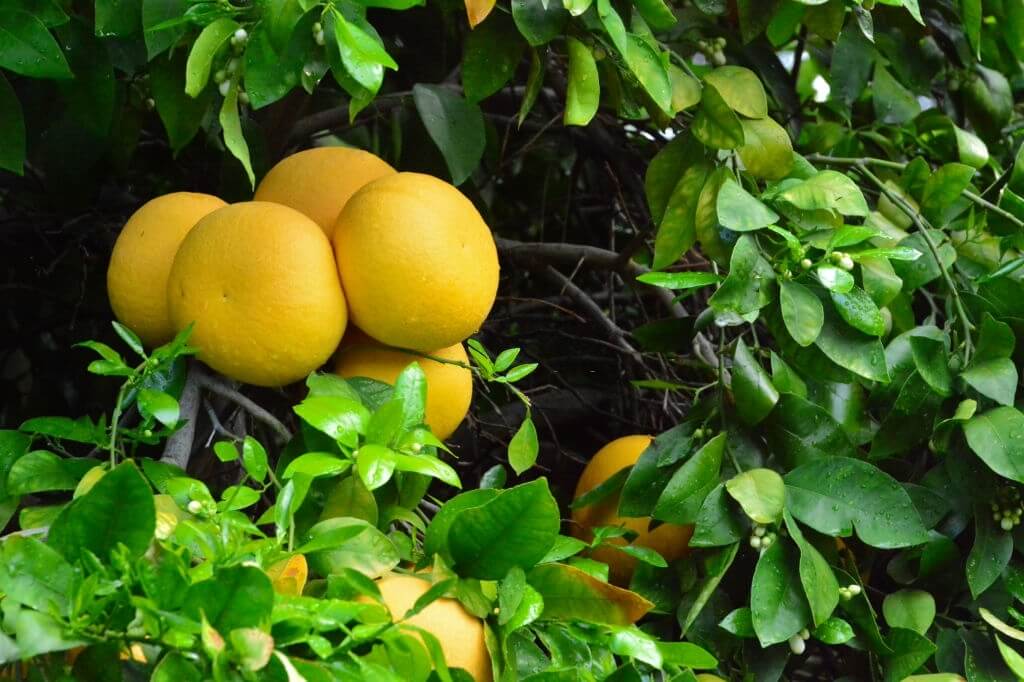
It’s no more challenging to grow a grapefruit than it is to develop an orange or lemon. The most important thing is to plant a huge bone from a freshly cut fruit. The longer it is left without moisture, the less likely it is to germinate. Grapefruit is an indigenous inhabitant of the subtropics, so you will be expected to live in similar conditions. This is regular moistening of the soil and air and bright light for at least 10-12 hours a day. Pay attention to top dressing, loosening the ground in the tub, and pruning. With sufficient moisture, a southerner can easily endure the heat in summer, but it will require coolness in winter.
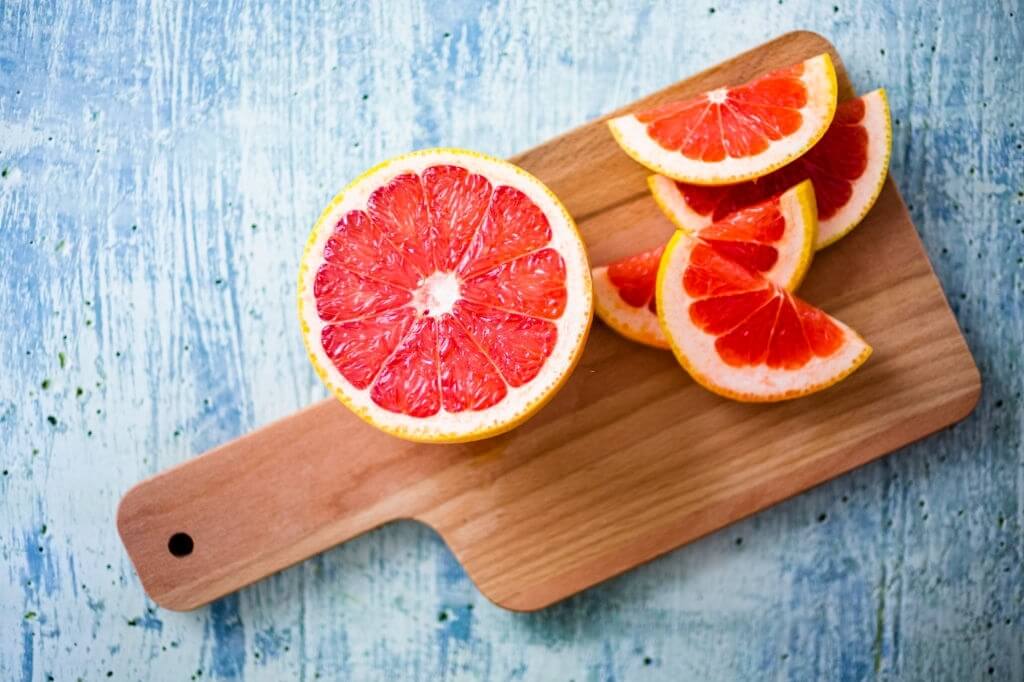
Do not forget about the vaccination – without it, you will receive only aesthetic pleasure from the contemplation of juicy greenery. If you’re serious about growing citrus, you can discover citrus breeders that prepare to offer cuttings on the Internet. A grafted indoor exotic will allow you to enjoy delicious fruits. However, their size will be smaller than that of store counterparts. But is it crucial for a keen person!
10. Apricot
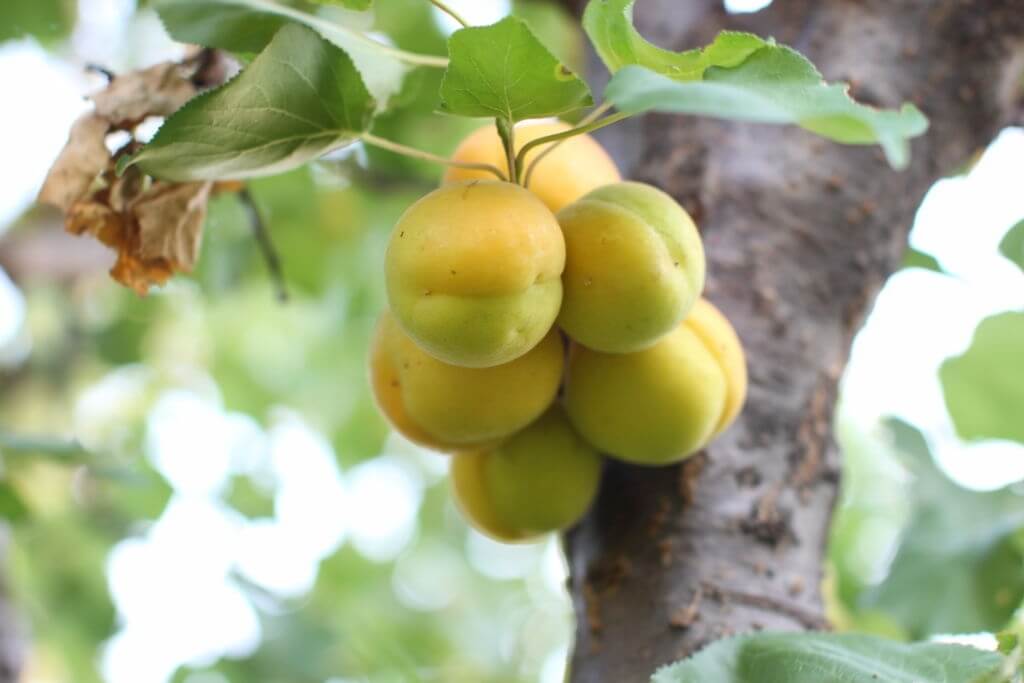
The apricot kernel is planted immediately after being removed from the fruit. Only half of the seedlings emerge, and a quarter of the seedlings die in the first year. Therefore, you need a lot of seeds. They are planted 10 cm apart, to a depth of 5-6 cm, at a spacing of 10 cm. The ground is covered with spruce turf from above, making it easier for the seedlings to survive the winter—the best time to sow is in October.
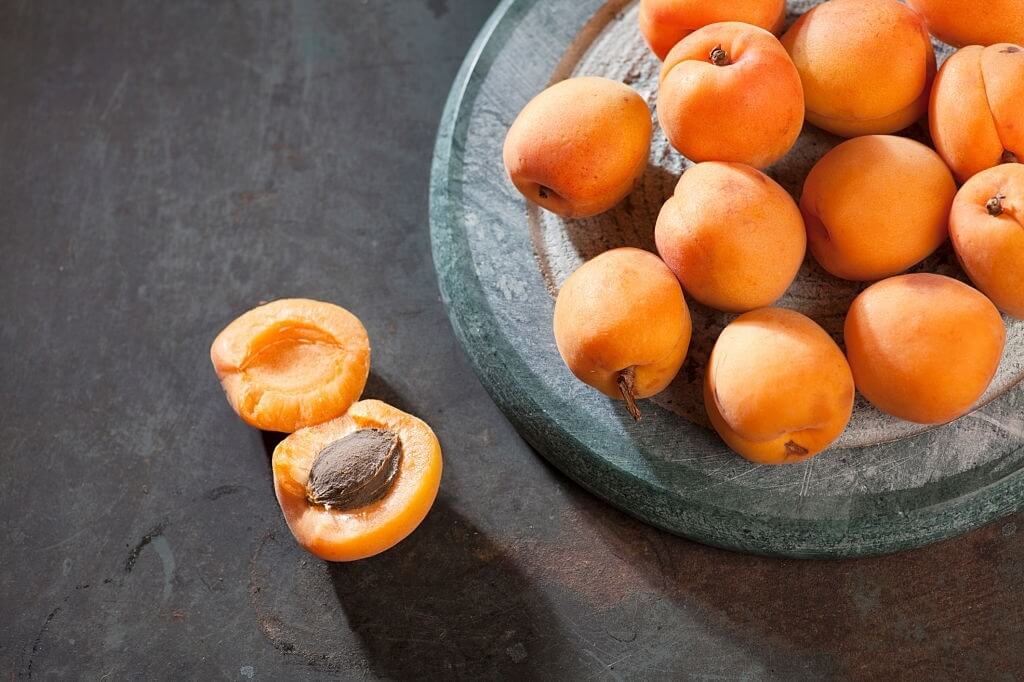
In April, they begin to water the land so that shoots appear in May. The tree starts to bear fruit 3-5 years after planting the seed.
11. Cherry

Cherry kinds such as a tree, conventional, and felt are the best for growing. Cherries are chosen when they are fully ripe and have not been devoured by worms. Even berries that have fallen from the tree might be used. Store fruits, on the other hand, are not worth taking. The seed is planted at a depth of 2 to 3 cm in early autumn.
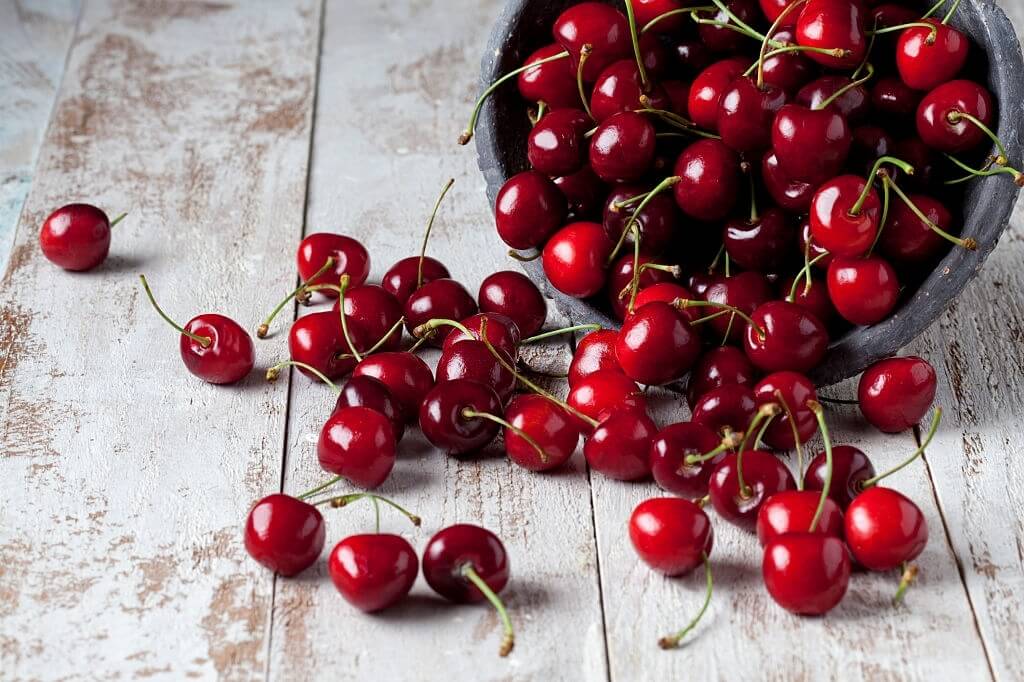
Cherry loves warmth and light.
12. Dogwood

Delicious therapeutic berries grow up to 4 meters tall on this shrub. The seeds are taken from green berries and planted in late August-early autumn. The bone is deepened by 3 cm, no more. Seedlings are watered regularly and shaded from the sun. The shrub begins to bear fruit only after 7-10 years.
13. Peach

The bone is washed and dried and soaked in water for a couple of days before planting and planted towards the end of autumn.
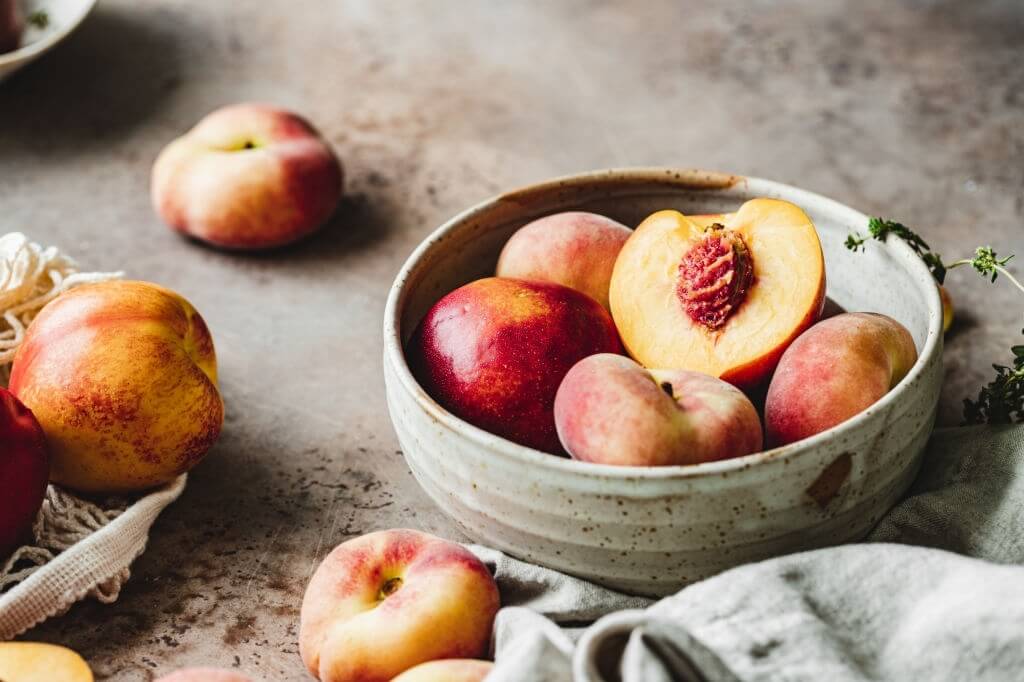
The stone is produced to a depth of 8 cm, watered, and covered with sawdust. Seedlings appear only in spring.
14. Persimmon
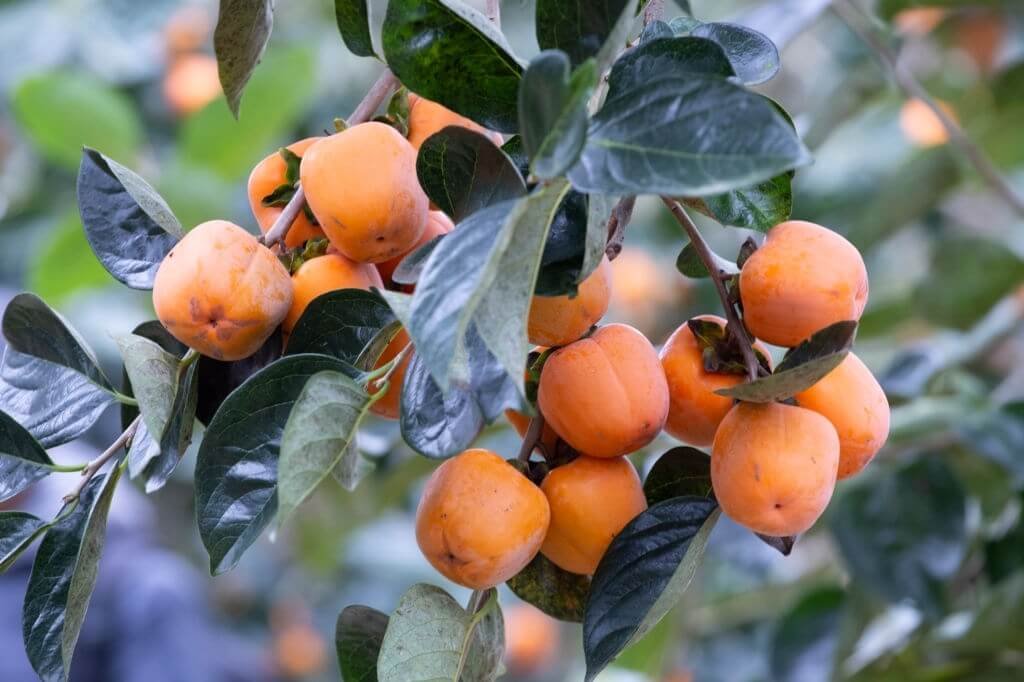
The bones are cleaned and immersed in a mild potassium permanganate solution. Remove floating ones, spread the rest on wet gauze, and cover with a film. Make sure the gauze remains damp. The seeds hatch after a few weeks.
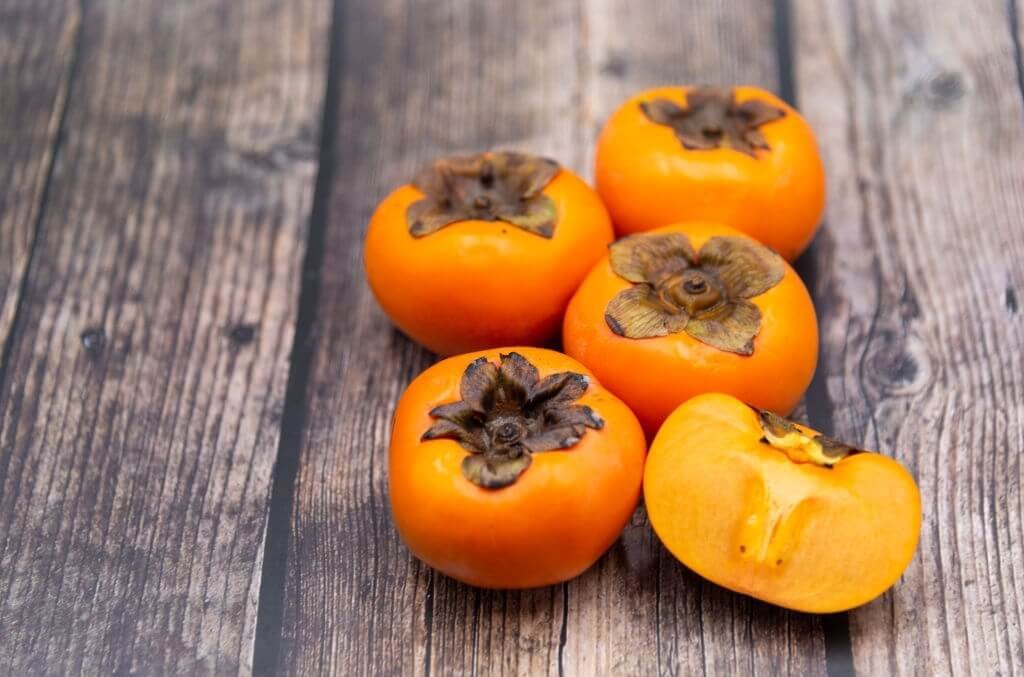
They are placed at a depth of 2 cm in a mixture of peat and sand, regularly watered and fed. After 2-3 years, the plant is grafted, and after another 4-5 years, the first fruits appear on it.
15. Kiwi

To grow kiwi from seeds at home, you need to choose a ripe fruit with intact skin, extract the roots, and peel the pulp. At the same time, try not to damage the integrity of the tiny seeds. Rinse the seeds thoroughly with water several times, dry on a napkin, and then place in a glass of water at room temperature. Please put it in a warm place (for example, on a windowsill above the radiator). After 7-10 days, when the seeds have opened, spread them out on damp gauze, place them on a saucer and cover with plastic. When the seeds hatch (usually after 2-3 days), sow them in separate containers with a pre-moistened mixture of black soil, peat, and sand. Kiwi should grow in constantly moist soil, but it is essential to avoid stagnant water. Therefore, drainage (expanded clay) should be placed on the bottom of the container, and the seedlings should be sprayed with a spray bottle. Choosing a warm and sunny plant place is better: a windowsill on the south side is suitable.
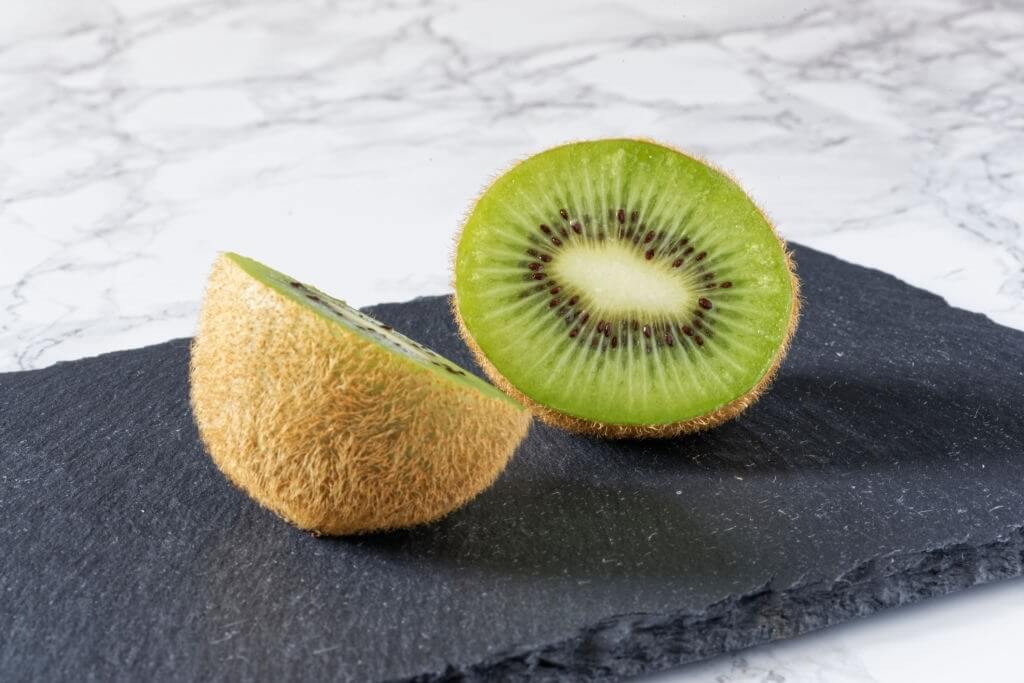
Try growing these exotic plants from seeds. They will decorate your home, dilute the usual flower garden with their unusual look. And they will also give the joy of the experiment, the results of which, perhaps, will be a real surprise for you!












